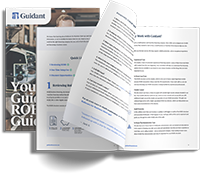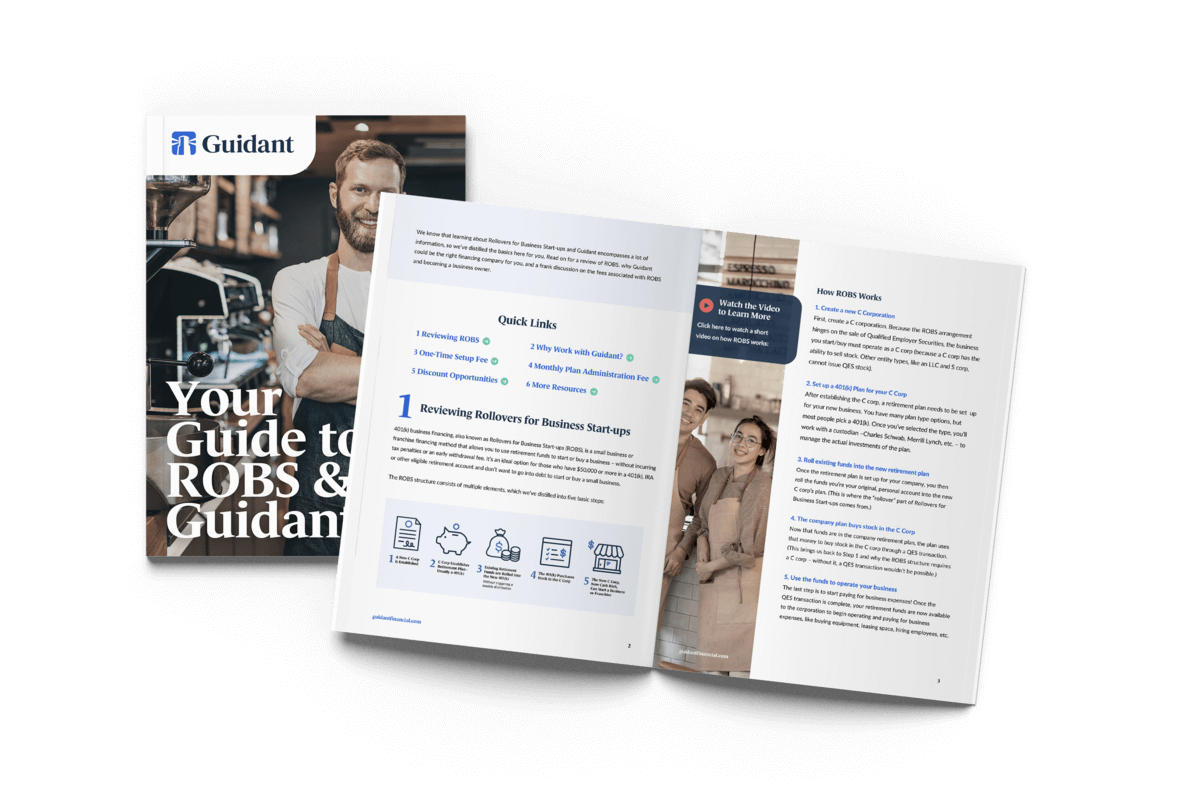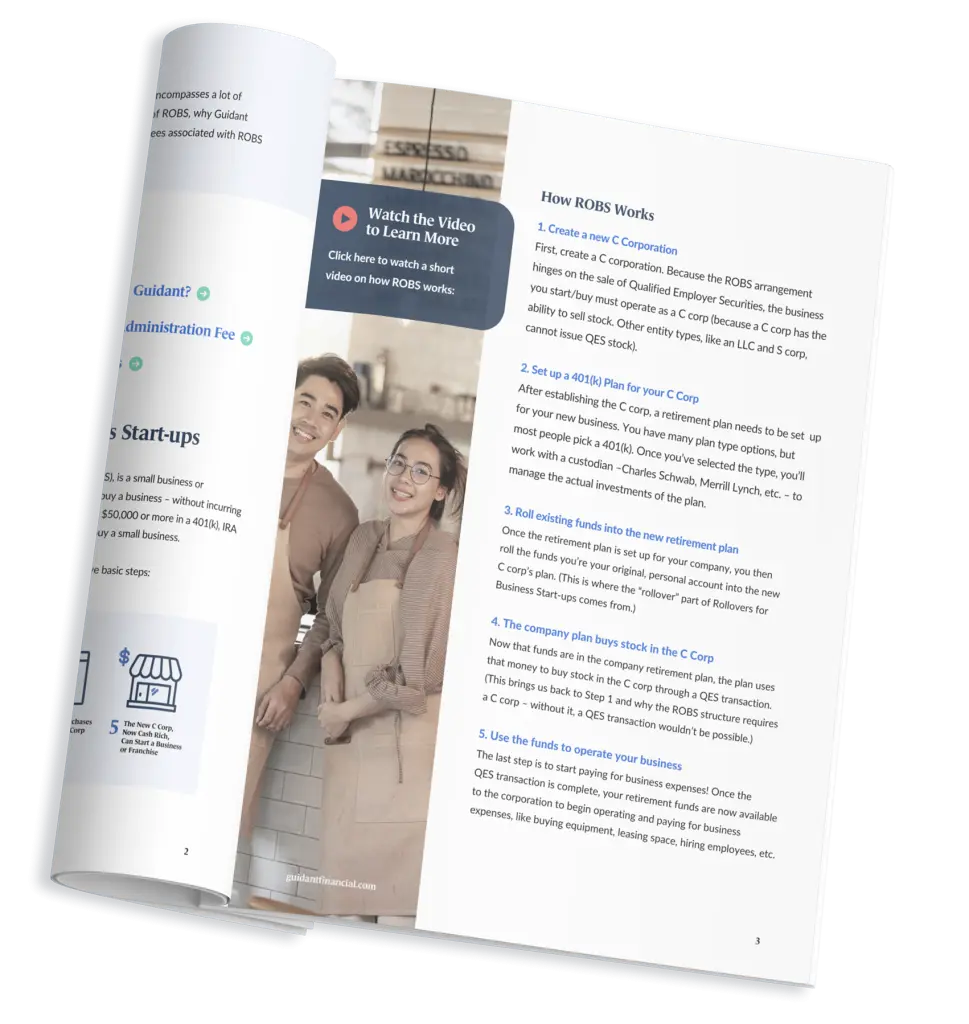What is Q1? Let’s break this abbreviation down. Each company has a financial calendar that is broken down into four quarters, or four three-month timespans, throughout the year. Publicly traded businesses report on earnings and payments of dividends each quarter. Q1, for example, details financial reports consisting of data gathered in the months of January, February, and March of the new year.
It’s critical that small businesses start off Q1 with the proper goals and metrics. This will help set businesses up for success in Q2 in April, May, and June, respectively. A strong Q1 sets the tone for the remaining quarters, and year, ahead.
At the present time, however, the United States is still struggling with the impact of the coronavirus pandemic. Starting a business right now may look a little different than how fledgling startups envisioned it. However, by fulfilling the following items your business will be well-prepared to thrive in Q1.
- Obtaining a tax ID, also known as an employer identification number (EIN)
- Filing for necessary business licenses
- Setting key goals
- Getting members of the team on board
- Maintain compliance
Obtain a Tax ID
You may know tax IDs by another name: employer identification number (EIN). An EIN is a federal tax ID. Once a business has incorporated or formed an LLC, the IRS issues an EIN to identify the business entity.
An EIN is nine digits long, similar to that of a social security number (SSN). It may be used in place of an SSN on important paperwork and documents, since an EIN is less sensitive to use. Businesses that plan to hire employees, open a business bank account, or establish a business credit profile need to obtain this tax ID.
How do you file for an EIN? The process is pretty easy. Entrepreneurs must be able to determine whether their business is eligible for an EIN. Eligible companies have physical locations in the United States, or U.S. territories. They must also have a valid taxpayer identification number, which may be an SSN or an individual taxpayer identification number (ITIN). Finally, the business must have a legal formation, such as an LLC or corporation.
Once you’ve checked each item off this list, you may file for an EIN and obtain your tax ID.
Tailored Funding Options for You
File for Business Licenses
Most small businesses need certain business licenses, and permits, in order to operate.
We recently outlined nine common licenses for small businesses, including the aforementioned EIN, and the types of businesses that require these licenses. The types of licenses and permits a business needs will ultimately depend on a few outstanding factors. Some of these include the industry your business is in, and location requirements whether you are in a certain county, city, or state.
It is advised that small businesses check in with their local Secretary of State to determine which licenses their company needs. The SoS website will include more information about the necessary business licenses your startup requires to be in operations. In a pinch, you may also work alongside a third-party document filing services company which may help file these applications and documents on your behalf.
Set Goals
Many entrepreneurs use Q1 of the new year to conduct a year in review from the previous year. This gives business owners the chance to determine which marketing strategies worked, the profitability of products being sold in your product line and take a closer look at ROI the business received from other initiatives. Essentially, conducting this review allows business owners to do more of what works, and sells, versus what does not.
A new small business, however, won’t be able to fully evaluate goals the business was able to reach until Q2. Use Q1 to set goals and create the tone for the rest of the year. What do you hope to accomplish? How will you reach these goals, both on a short- and long-term basis? Will the goals of your business be able to meet certain metrics, such as sales revenue and monthly profits and losses?
In the spirit of the 90-day nature within each quarter, consider setting 90-day goals in Q1. You may still set year-long goals, but a quarterly goal will feel easier to achieve. Upon achieving this goal, you may string it together with the next quarterly goal you have for your business in Q2. Then, tie that in with the goals set for Q3 and Q4. This will help to build momentum on each success and take you through to the end of 2022. Thereafter, in each quarter you’ll have the chance to review what goals you were able to reach and where you might have fallen short.
Get Team Members on Board
The first Q1 a small business experiences is full of hard work — and plenty of team experiences. It’s not uncommon for small businesses to hold several meetings, conduct team exercises, and host a launch party for the business during this quarter.
In the present COVID-19 landscape, however, some of these kick-off initiatives look a bit different. While it may not be possible to have a fun launch or team building weekends away just yet, there are still several ways you can get your team involved with and excited about the business.
- Host a festive companywide Zoom meeting. Get to know each member of your team, especially those that were hired remotely. Use this time to hash out what lies in Q1. Emphasize the important role each member has to play to energize everyone to go out and reach these goals.
- Share the Q1 roadmap with the team. You’ve got goals! Now, how exactly do you plan to reach them? Reveal the roadmap for Q1’s strategic success during team meetings. This will give your team a look at the overall big picture before understanding each step they need to take within their respective departments to reach these goals. It also helps keep the team on the same page.
- Get team feedback. Questions? Comments? Suggestions? Welcome any and all feedback from members of the team. Listen to ideas they have to share and take note if there is a common thread or theme. You may be able to implement a terrific new initiative this way, simply just from listening and giving your team a voice.
Maintain Compliance
In the blink of an eye, Q1 may be over. Don’t let that 90-day period end with your small business falling out of compliance! Take note of any specific tax dates in January, for instance, that your new small business needs to be aware of. File any annual, or periodical, reports that are due for your small business. Pay any necessary fees that have deadlines coming up, too.
Keeping a small business in compliance means keeping it in good standing. Businesses are defined by this company status and a brand-new small business needs to stay in compliance with its state of incorporation.
Deborah Sweeney is the CEO of MyCorporation.com. MyCorporation is a leader in online legal filing services for entrepreneurs and businesses, providing start-up bundles that include corporation and LLC formation, registered agent, DBA, and trademark & copyright filing services. MyCorporation does all the work, making the business formation and maintenance quick and painless, so business owners can focus on what they do best. Follow her on Twitter @deborahsweeney and @mycorporation.



















